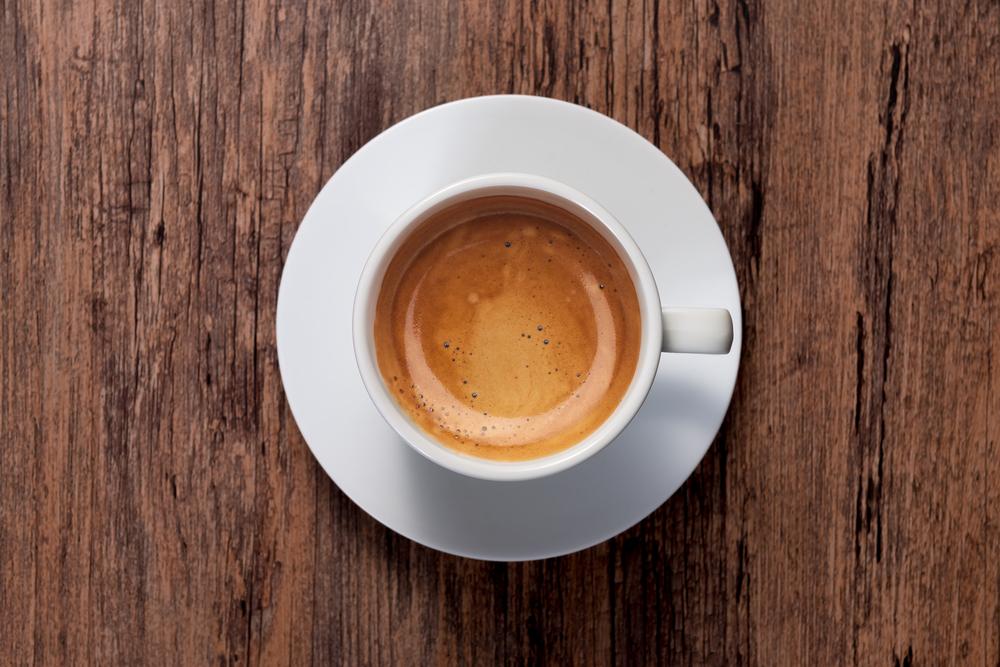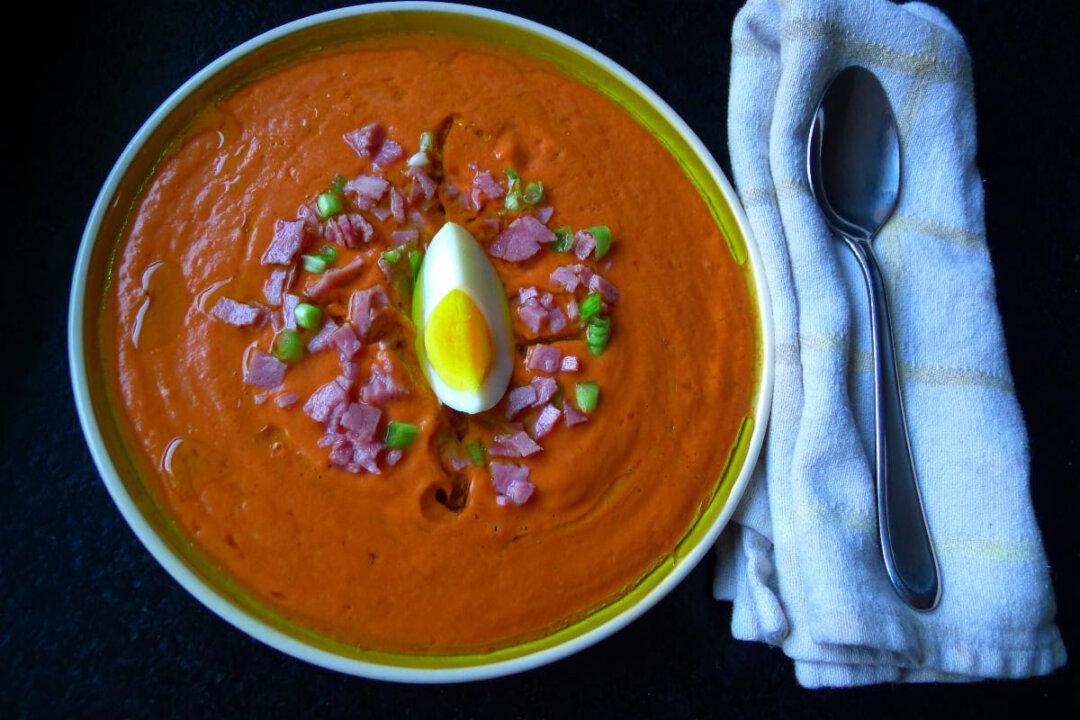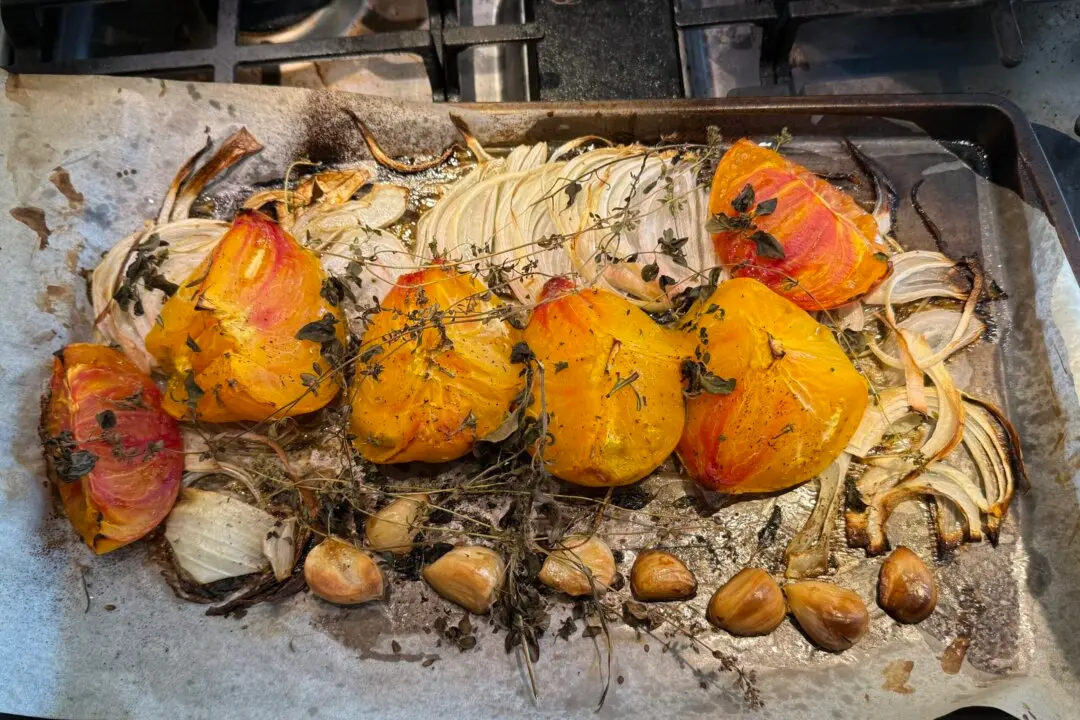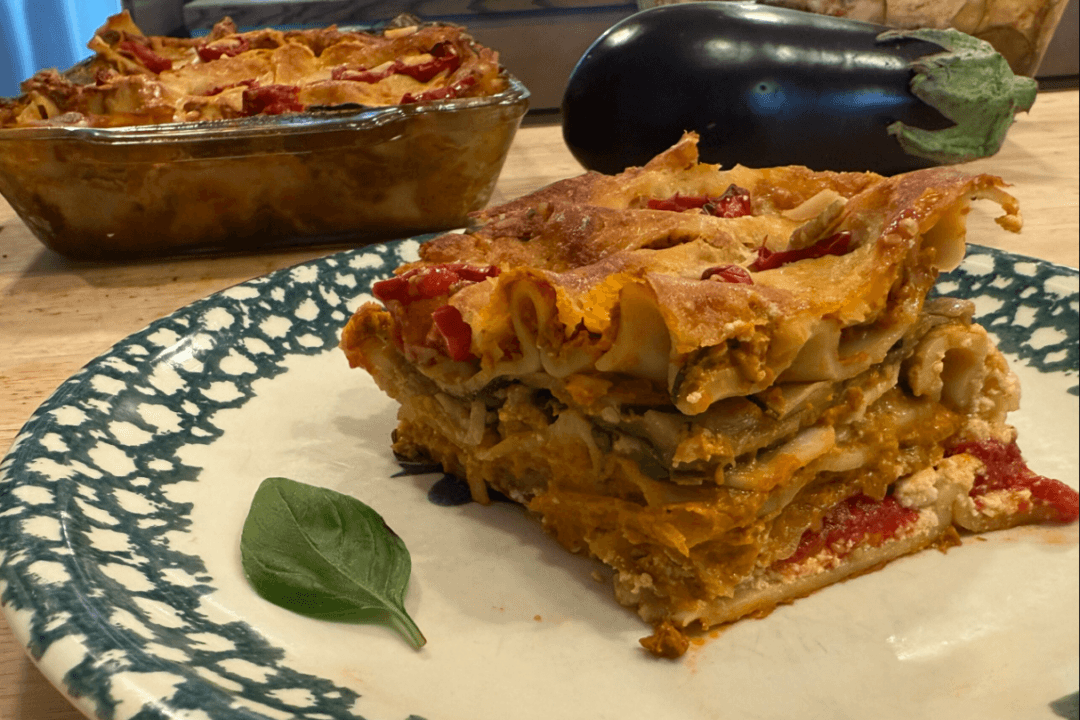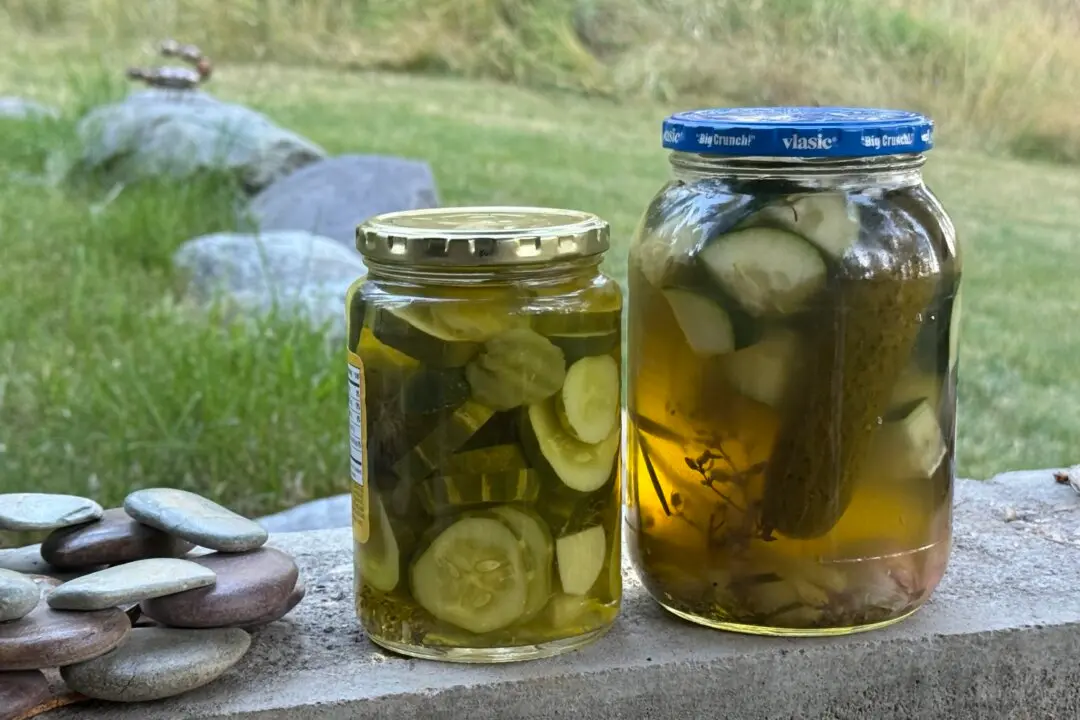When I go to the coffee shop, it isn’t for the coffee. It’s to see and be seen. Maybe do some “networking,” or hold someone’s baby, or type intently on my laptop. But unless I’m buying whole beans, I’m not there for the coffee. I’m too much of a snob to let someone else brew it.
My snobbery saves me money. To feed my habit, I’d have to spend about 10 bucks a day at the espresso bar, if I didn’t do what I do. At home, I can stay caffeinated for about $15 a week with whole, freshly roasted beans.

